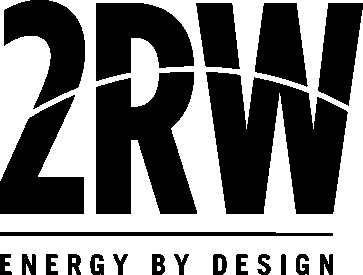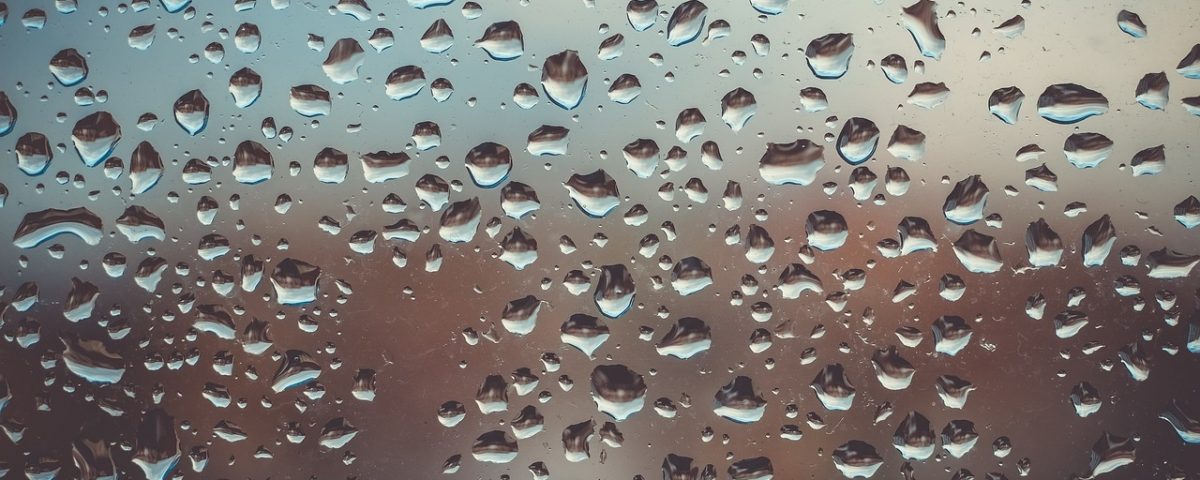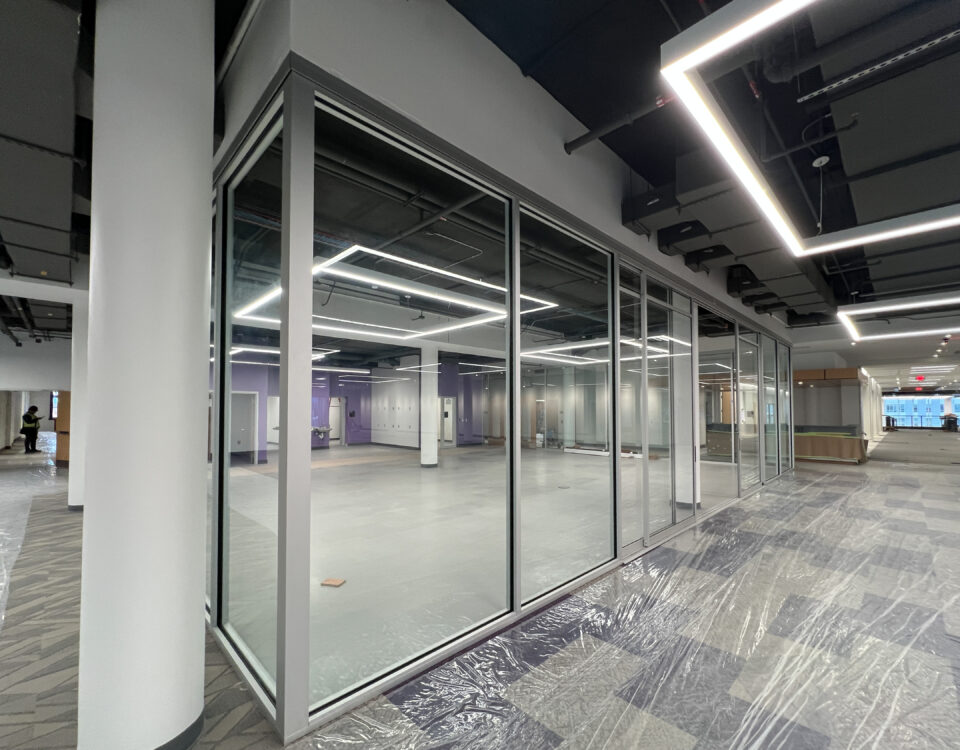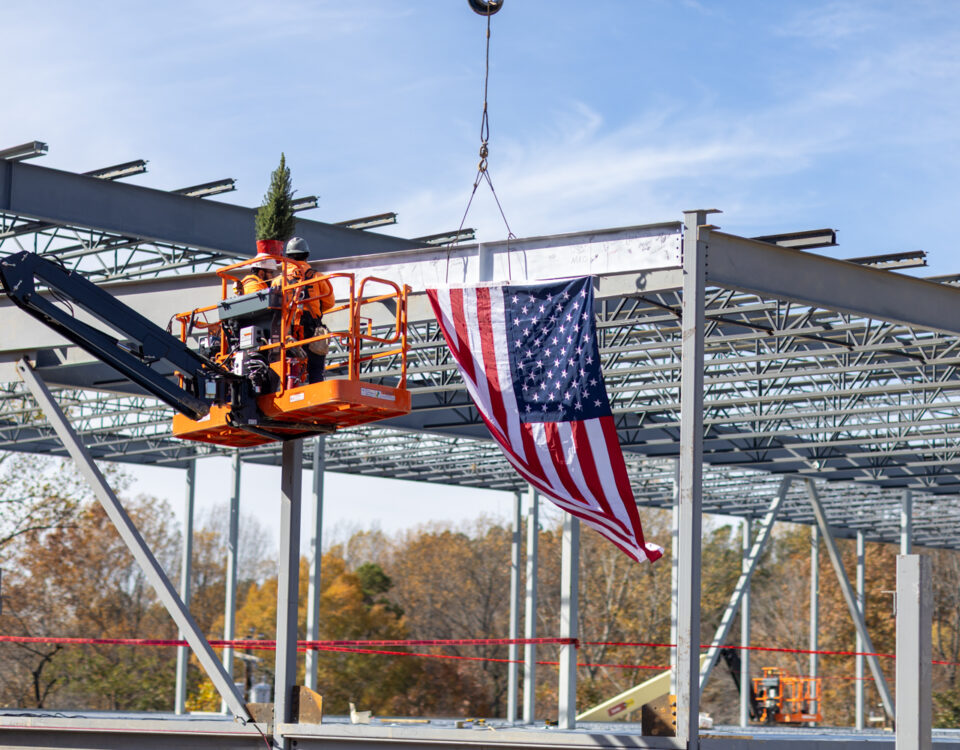In addition to regulating indoor temperature and driving energy efficiency, HVAC systems maintain indoor relative humidity within very specific limits. Maintaining relative humidity in the 40 – 60% range can dramatically impact occupant comfort and health and perform an important preservation role for buildings and their contents. Here are some of the ways relative humidity impacts our world each day:
- Comfort. Room temperature isn’t the only factor that influences how comfortable a building’s occupants are or how warm or cold a room feels. Humidity higher than 60% can make you feel colder in chilly weather and hotter in warm weather. Conversely, low humidity can cause physical discomfort in the form of a dry nose, dry sinuses, and dry and itchy skin and it can cause static electricity buildup in clothing, hair, and other materials.
- Disease Control. Maintaining indoor relative humidity in the 40-60% range may help prevent diseases from spreading—something that has critical implications in preventing the transmission of diseases such as COVID-19. It can also play a role in improving patient outcomes. A recent article in Consulting-Specifying Engineer presents some recent research in this area.
- Document and Material Preservation. Optimizing humidity is crucial in environments where preserving documents, historical artifacts, art, textiles, and other materials is a priority. High humidity can cause damaging mold growth and invite pest activity whereas low humidity can dry out materials and cause rapid deterioration.
- Energy Efficiency. The more comfortable a room, the less likely its occupants will feel the need to continually adjust the thermostat to try to get comfortable, either cranking up the temperature in winter or down in summer. With a system that carefully maintains an optimum humidity level and doesn’t have its settings continually overridden, the HVAC system can operate at peak efficiency as designed.
How does all this play out in the real world? Here are some examples.
At Historic Sites.
During Thomas Jefferson’s Monticello Mountaintop Project, three of the driving MEP design goals were conservation of Jefferson’s vast and varied collections, preserving the historic mansion and support buildings, and driving greater energy efficiency. To meet these goals, a phased Environmental Improvements Project addressed envelope performance, natural convection, and HVAC system performance. A team comprised of architects, engineers, and historic preservationists conducted a thorough analysis of the environmental conditions within the house and the age, value, and composition of artifacts contained within it to develop appropriate envelope improvements, HVAC systems, and building controls.
In response to this analysis, a comprehensive building envelope plug-and-seal strategy was developed to reduce heating and cooling load and corresponding HVAC system requirements. A new MEP system with custom, zoned temperature and humidity controls was designed to preserve the house’s collections based on their type, historic value, and location. Relative humidity is maintained between 30-50%, depending on the season, to preserve historic books, documents, furniture, artwork, textiles, other important collections, and the building itself while creating a comfortable experience for visitors.
In Library & Document Storage Facilities.
At the University of Virginia, document preservation was one of the primary goals of the Ivy Stacks Library Storage renovation. The mechanical systems were designed with specialized equipment to maintain 55-degree temperature and 30% relative humidity year-round to protect a variety of media formats. The state-of-the art MEP/FP systems, which incorporated PV solar power generation, create an optimal preservation environment with the lowest possible energy consumption.





